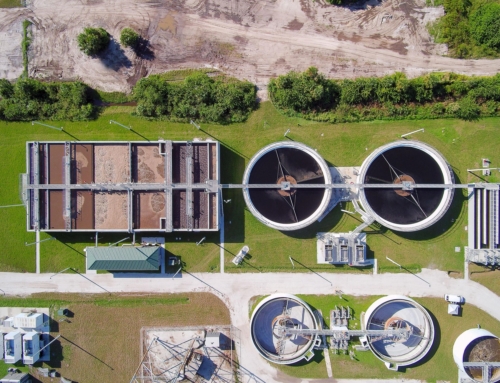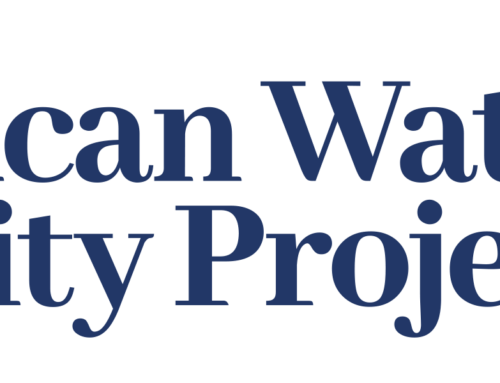Authored by the American Water Security Project’s steering committee member Robert Young, ‘Put wastewater improvements first in climate resiliency planning‘ originally appeared in the Tampa Bay Times October 29, 2019.

American Water Security Project Steering Committee Member, Rob Young
Around the state, Florida’s aging, inadequate wastewater collection and treatment systems are failing, and will increasingly fail, due to climate-driven flooding and storms combined with poorly managed growth.
Wastewater problems are particularly acute in St. Petersburg. By closing the Albert Whitted Wastewater Treatment Facility in 2015, the city reduced its treatment capacity, and the system’s ability to respond to long-term trends in precipitation and flooding. St. Petersburg’s growth compounded the problem.
In a harbinger of the climate to come, an unprecedented rainy season in 2015 and very wet Hurricane Hermine in 2016 deluged the region. Stormwater infiltrated the sewer systems, and overwhelmed treatment capacity. Consequently, St. Petersburg dumped approximately one billion gallons of partially treated sewage into the streets, into Tampa Bay and Boca Ciega Bay, into Clam Bayou or injected it into the aquifer. After Hurricane Irma, residents in southwest Florida also waded through flooded streets contaminated with their own wastewater. Health impacts from exposure to sewage were widely reported.
Powerful storms cause power outages that paralyze pumps at lift stations that direct wastewater toward treatment plants, causing backups. Resilient facilities rely on secondary power sources during storms. Where power is unavailable or inadequate, utilities must dump sewage.
Septic tanks are ubiquitous sources of contamination in Florida. Roughly a third of Floridians rely on onsite systems that, even when fully functioning, release nitrogen, phosphorus, fecal pathogens, and pharmaceuticals. Their outflows continuously place those dangerous substances into groundwater that moves through Florida’s sandy soils into surface waters.
Sea-level rise is lifting the groundwater table beneath the entire coastal zone. So king tides and rainfall-induced flooding events more regularly saturate septic drain fields, which increases the amount of pollution destined for the state’s priceless waters.
Resilience investments must follow logical sequencing and construction. Florida needs a sweeping septic-to-sewer conversion plan, one that upgrades treatment capacity at sewage processing plants, and extends sewer mains to residences and businesses. Wastewater pipes must be watertight and elevated. Lift stations and treatment facilities need secondary power sources that operate off the electrical grid after hurricanes.
As a scientist who advises coastal planners around the world, I urge Florida’s elected officials to learn from the failings of St. Petersburg. Please prioritize wastewater improvements in resiliency planning. The costs of inaction are far more expensive than the improvements. Wastewater contamination and pollution already cascade painfully through Florida’s economy and environment, resulting in lost tourism due harmful algal blooms, damaged fisheries, and declining home values near impacted water bodies.
I also urge state and federal legislators to increase grant and loan funding for wastewater infrastructure adaptation efforts through new revenue sources.
Invest now and you’ll save your utility customers significant money over the long haul, while protecting home values and reducing their exposure to dangerous pathogens and harmful algal blooms.
Rob Young is a Florida-licensed professional geologist and director of the Program for the Study of Developed Shorelines at Western Carolina University. He is also a steering committee member of the American Water Security Project.





